Increase in Geriatric Population
The growing geriatric population is a significant factor driving the Cardiopulmonary Exercise Testing Market. As individuals age, the risk of developing cardiovascular and pulmonary diseases increases, necessitating regular health assessments. Cardiopulmonary exercise testing serves as a valuable tool for evaluating the functional capacity of older adults, enabling healthcare providers to tailor treatment plans effectively. With the aging population projected to rise, the demand for cardiopulmonary exercise testing is likely to escalate. This demographic shift presents an opportunity for the market to expand, as healthcare systems adapt to meet the needs of an older population requiring comprehensive cardiovascular assessments.
Emphasis on Personalized Medicine
The growing emphasis on personalized medicine is influencing the Cardiopulmonary Exercise Testing Market. As healthcare shifts towards individualized treatment plans, cardiopulmonary exercise testing plays a crucial role in tailoring interventions based on a patient's specific physiological responses. This approach enhances the effectiveness of treatment strategies, particularly in managing chronic diseases. The increasing recognition of the importance of personalized healthcare solutions is likely to drive demand for cardiopulmonary exercise testing, as clinicians seek to optimize patient outcomes. Consequently, the market is expected to witness growth, reflecting the broader trend towards personalized medicine in healthcare.
Growing Awareness of Exercise Physiology
There is a notable increase in awareness regarding the importance of exercise physiology in maintaining overall health, which is positively influencing the Cardiopulmonary Exercise Testing Market. Healthcare professionals and patients alike are recognizing the value of exercise testing in evaluating physical fitness and cardiovascular health. This awareness is leading to more frequent recommendations for cardiopulmonary exercise tests, particularly in rehabilitation settings. As a result, the market is projected to experience growth, with an increasing number of healthcare facilities adopting these tests as standard practice. The integration of exercise physiology into routine health assessments is likely to further bolster the demand for cardiopulmonary exercise testing.
Rising Incidence of Cardiovascular Diseases
The increasing prevalence of cardiovascular diseases is a primary driver for the Cardiopulmonary Exercise Testing Market. As lifestyle-related health issues continue to rise, healthcare providers are increasingly utilizing cardiopulmonary exercise testing to assess patients' cardiovascular and pulmonary functions. According to recent data, cardiovascular diseases account for a significant portion of global mortality rates, prompting a surge in demand for diagnostic tools. This trend is likely to continue, as early detection and management of these conditions become paramount. Consequently, the Cardiopulmonary Exercise Testing Market is expected to expand, driven by the need for effective diagnostic solutions that can aid in the prevention and treatment of cardiovascular ailments.
Technological Innovations in Testing Equipment
Technological advancements in testing equipment are significantly impacting the Cardiopulmonary Exercise Testing Market. Innovations such as portable testing devices and advanced software for data analysis are enhancing the accuracy and efficiency of cardiopulmonary exercise tests. These developments not only improve patient experience but also facilitate remote monitoring and telehealth applications. As healthcare providers seek to adopt more efficient and effective testing methods, the demand for technologically advanced cardiopulmonary exercise testing equipment is expected to rise. This trend indicates a shift towards more sophisticated testing solutions, which could potentially reshape the landscape of the Cardiopulmonary Exercise Testing Market.
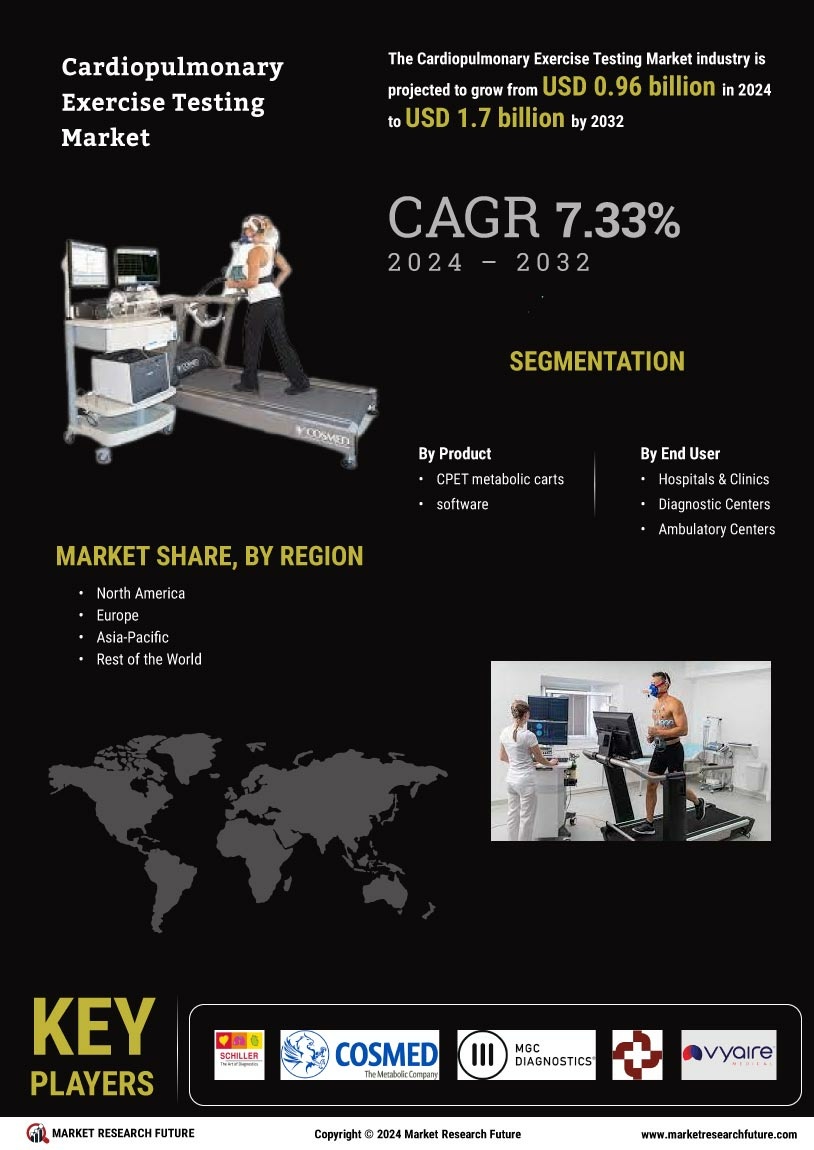

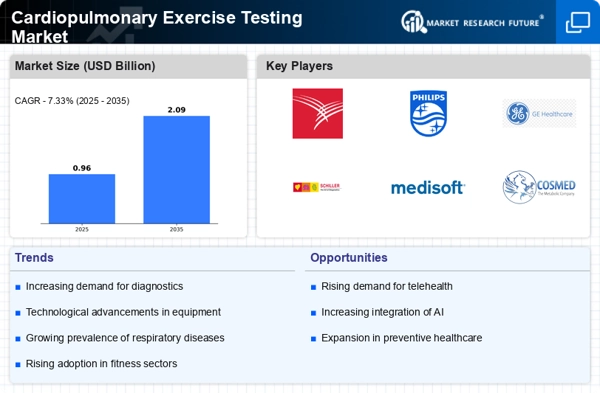
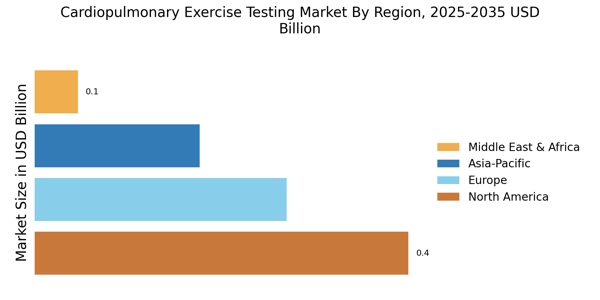
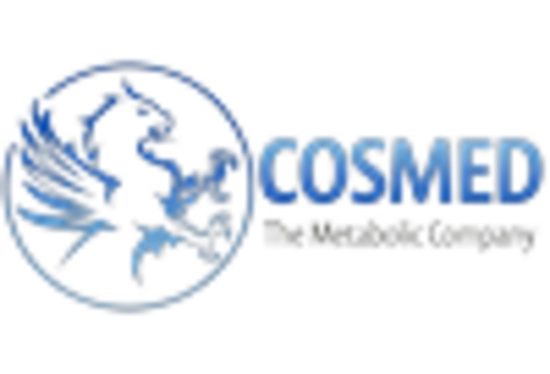


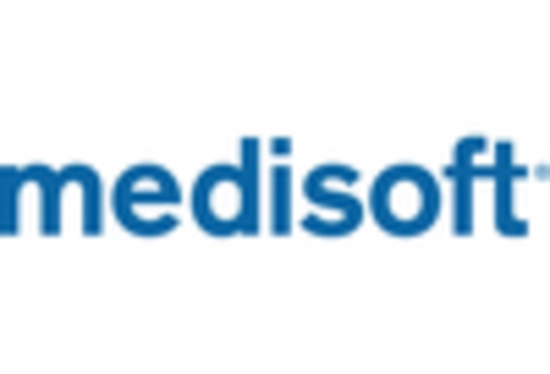

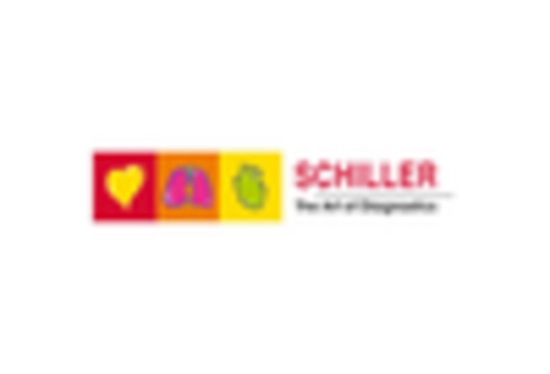








Leave a Comment